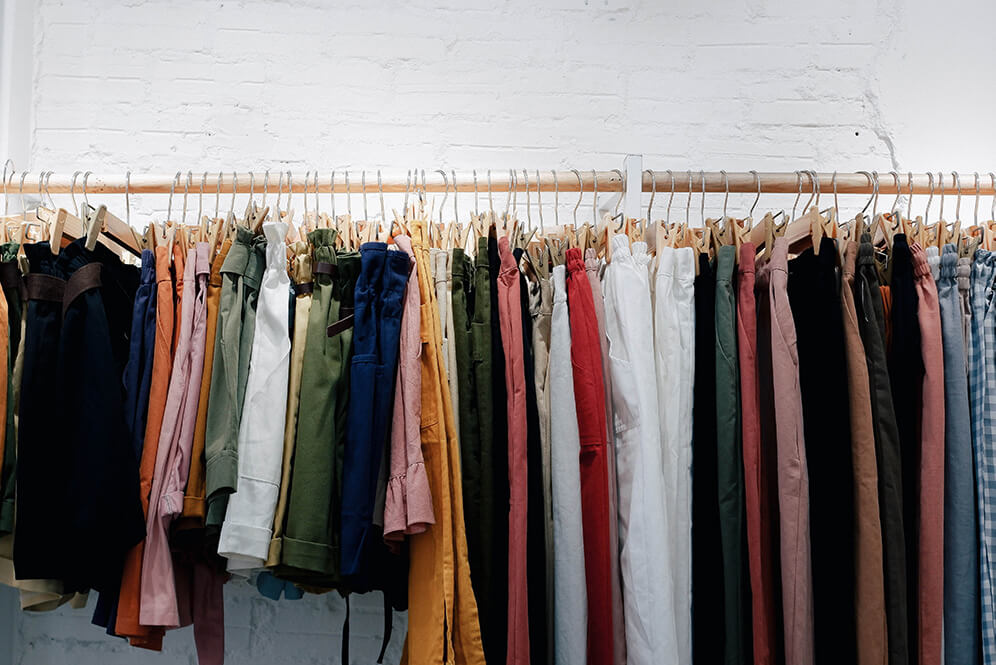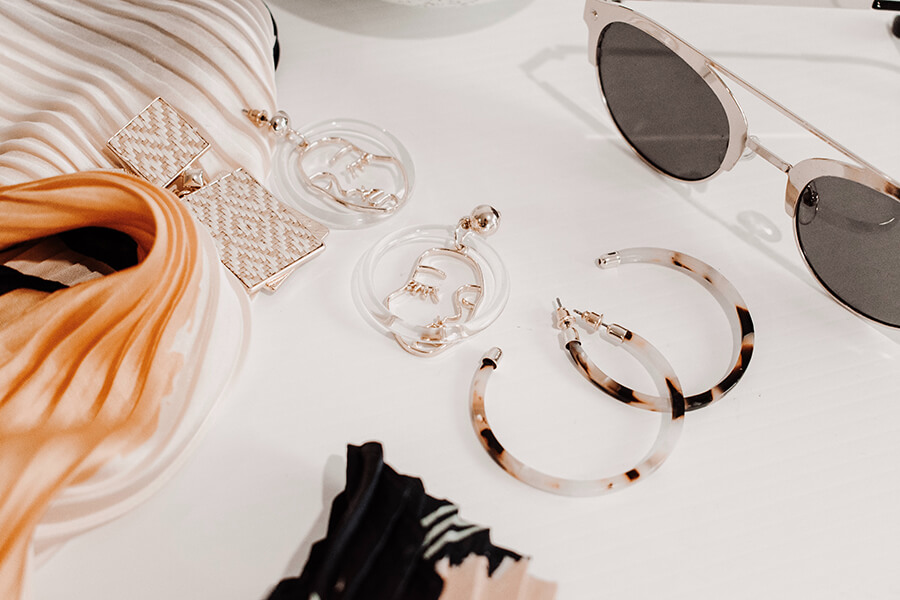Getting your product assortment right can be a tricky aspect in the fashion business. Product assortment basically refers to a range of products or merchandise that a retailer or brand presents to its consumers. If you stock too much variety, you may lack focus and create confusion or present a fashion line that isn’t coherent. But if the product mix is too narrow there is a risk of losing customers to larger brands that cater to many different tastes or preferences.
So how can fashion retailers decide the right mix for their stores? Hitting the sweet spot can be difficult, but certainly not impossible. Having a good merchandise mix requires data, an understanding of your customer and trends as well as some foresight into what your customer wants.
Your fashion brand’s ideal product assortment, is made up of two key elements:
Product Breadth (or width) – which is the variety of different types of products in your store. Having a wide assortment allows retailers to appeal to bigger demographics, but can make it more difficult to appeal to more dedicated and loyal niche markets.
Product Depth (or length) – which is the number of variants/categories within a particular product line. Deep assortments can appeal to a smaller, more passionate customer base that spends more and returns regularly.
In considering the optimal product assortment, product breadth and depth plays an important role during the retail planning process. Retailers can expand or shrink these dimensions depending on demand and on the season, but the strategy should align with the business’s image and goals. Your product assortment can also give you insight as to
whether the brand is meeting financial and inventory target

Here are some ways you can optimize your product assortments:
1. Get clear on your store’s branding and purpose – Have a clear brand identity and recognize what your brand means to your target customers. Who are your customers? How do they perceive your store? A successful product assortment strategy will effectively communicate the stylistic scope offered by a fashion brand. When you’re clear with what your brand is and what it means to your customers, you’ll make better assortment choices. For example, if you cater to a diverse demographic and your customers that fall into different age groups, then you’re better off going wide with your assortment.
2. Analyze your inventory – Sales and inventory data contain valuable information that you can use in your product assortment strategy. If merchandise from a particular brand or line keeps selling out, you may consider expanding your range with more products from that line. Or if you find that shoppers are purchasing different colors or sizes of a particular product, you could take that as a sign to deepen your range and stock even more variants of that item. Through your inventory data you can also learn which products are frequently bought together or the frequency at which customers buy different products.
3. Observe patterns and online shopping behavior – Change is the only constant in retail. Consumers’ tastes in fashion change with the seasons and where they shop changes over the course of years. Where possible, look into your on-site search. Take note of what people are typing into your site’s search box. Are there brands, product types, or variants that keep showing up? Use that information to decide on what items to stock up on. Also account for holidays, events or festivals like Christmas or Chinese New Year which might drastically impact the style of clothes or fashion items your customers are looking for.
4. Pay attention to trends and staples – Certain trends, such as the move towards inclusive sizing or eco-fashion, can also influence your assortment at a given time, so pay attention to what’s happening in (and perhaps even outside) your market. Figuring out the right balance of trend-forward items and staples are key to a successful fashion business.
5. Complementary products – Complementary products are products that work well together and help the customer reach their goal of creating a more complete outfit. This can be an effective product assortment strategy. For example, a women’s fashion retailer can also include accessories such as belts or shoes, that would go with a certain outfit to complete the look, which could lead to an increase in customer spend.

A successful product assortment strategy can make or break a fashion brand’s identity. Because of this, having a deep understanding of your market and your customers’ shopping habits, combined with sales and inventory data will enable you to come up with winning product assortments that drive traffic and sales.
Given the highly competitive fashion industry, retailers who know their customers, keep an eye on trends and remain adaptable, can maintain a product assortment mix that suits their needs and helps their businesses thrive.
Join Lazada’s latest fashion Gayamu, Caramu campaign and stand a chance to win cash prizes total worth up to RM60,000, Sponsored Discovery Ads credit total worth up to RM3,000 and more!
Interested to be your own boss? Sign up as a Lazada seller today.
Follow us on Facebook, Instagram, TikTok, and subscribe to our YouTube channel for the latest ecommerce trends and seller hacks..









